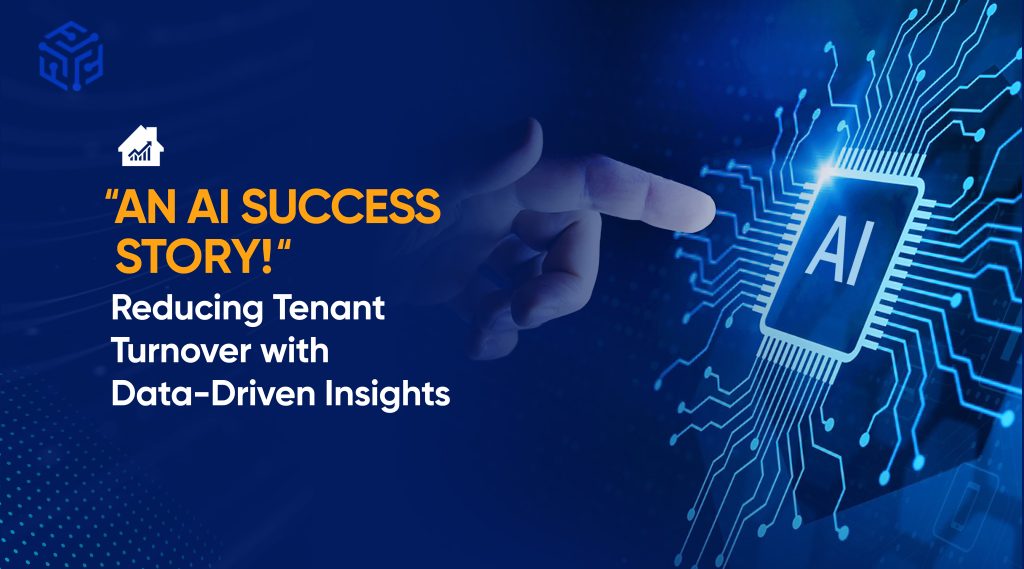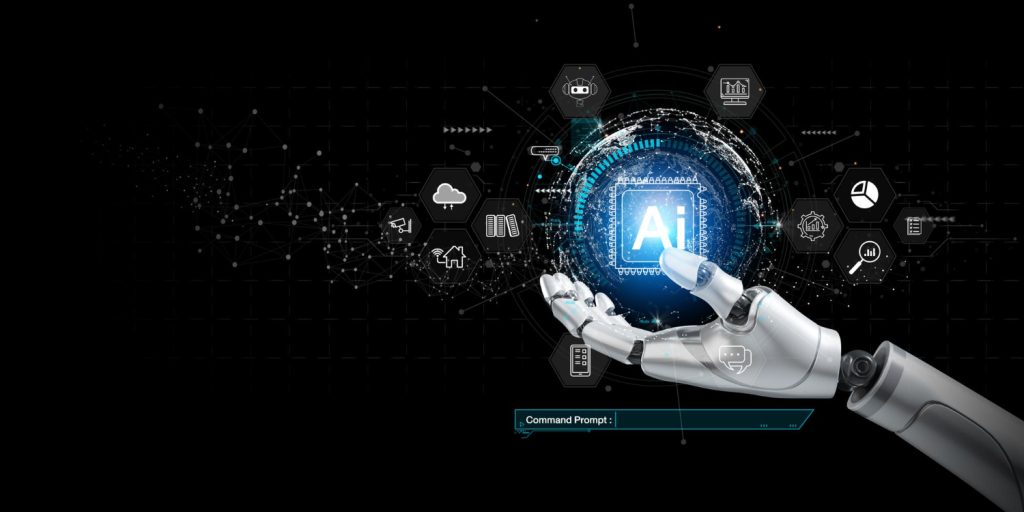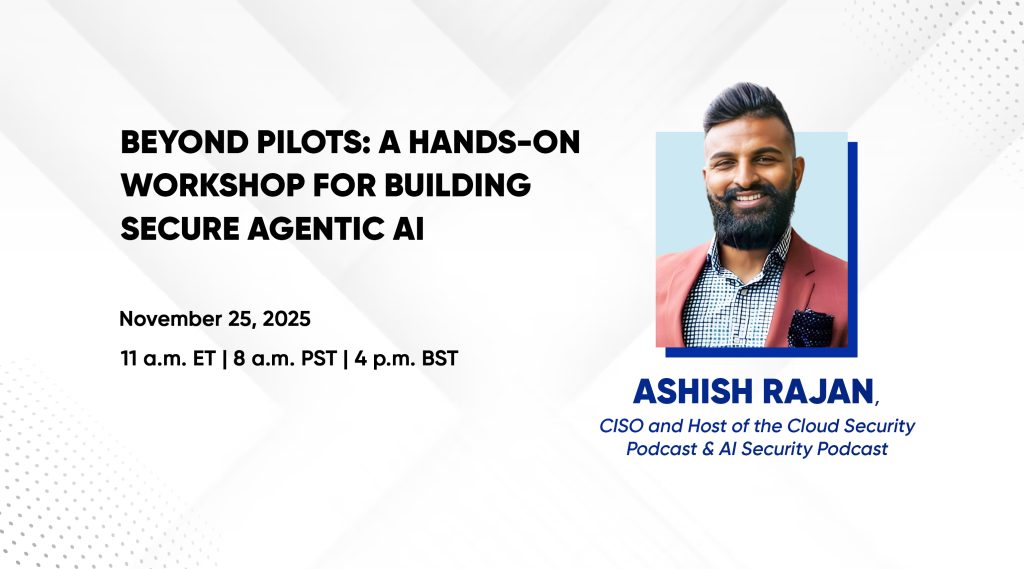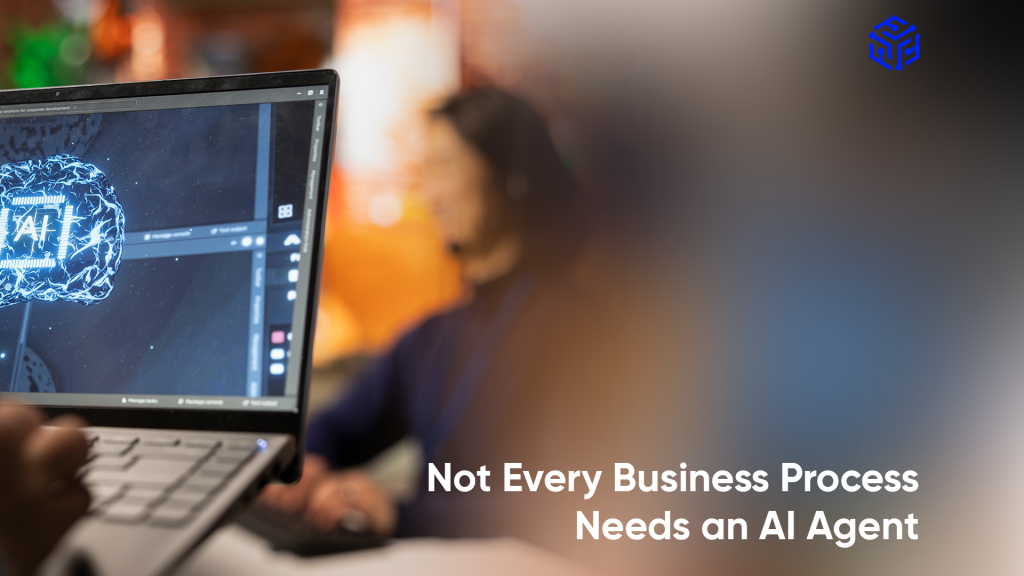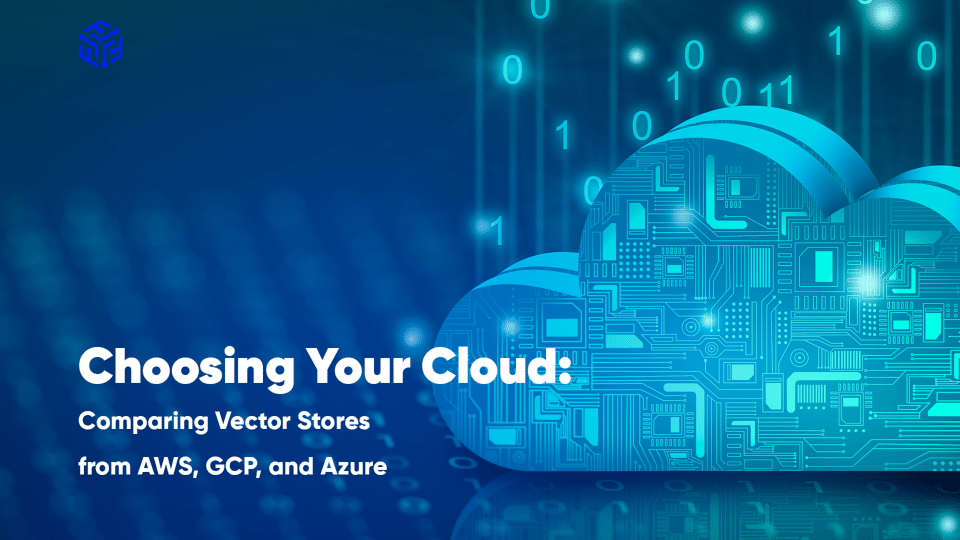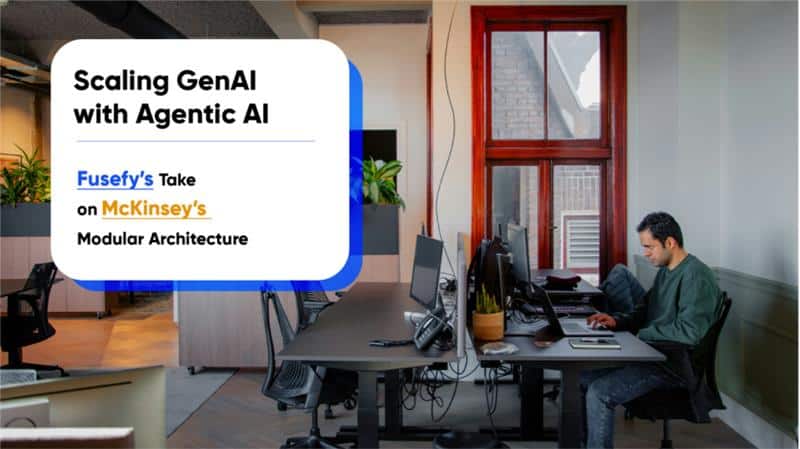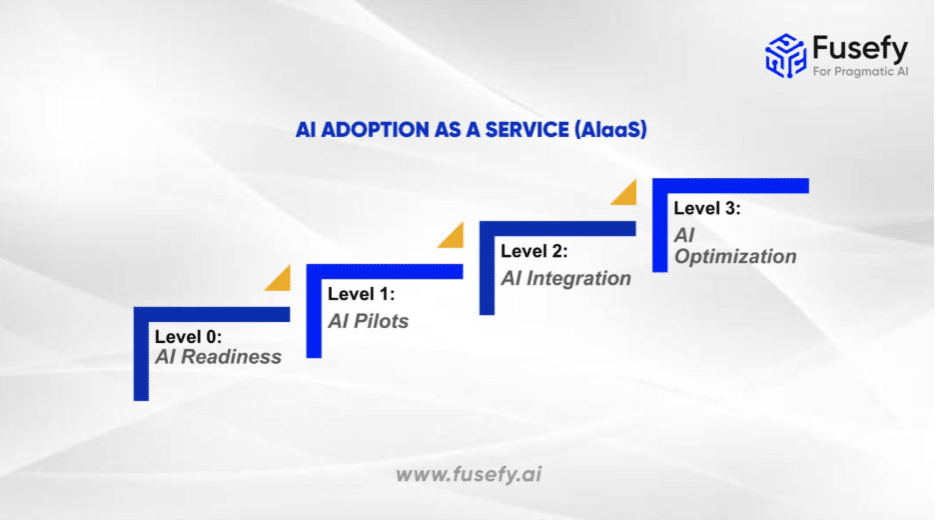As CEO of Fusefy.ai, I’ve seen firsthand how enterprise AI adoption can stall—not because of technology, but because of people and process. Today, let us address two common but often overlooked challenges: the “top-down” FOMO-driven executive push, and the “bottom-up” fear and resistance from staff. Both must change for AI to deliver real business value. Here’s how Fusefy is helping organizations get it right.
Problem 1: The Top-Down Trap—When FOMO Drives AI, Not Strategy
It’s a familiar scene: Executives attend a high-profile AI conference, return inspired (or anxious), and announce, “We need AI, right now!” Suddenly, teams are tasked with launching pilots or integrating the latest shiny tool, often without a clear business case or understanding of real user needs. This “top-down” approach, driven by fear of missing out (FOMO), leads to:
-
- Misaligned priorities: AI projects that don’t solve pressing business problems.
- Wasted investment: Expensive pilots with low adoption and little ROI.
- Employee disengagement: Solutions imposed from above rarely fit real workflows.
Why does this happen?
Research shows that the most common barrier to successful AI adoption is a lack of clear strategy and business alignment. Technology-first thinking, rather than problem-first, results in “AI white elephants” — impressive on paper, but useless in practice.
How Fusefy Helps
At Fusefy, we reject the “fail fast” mentality for AI. Our Ideation Studio provides a structured framework for executives to:
-
- Identify and prioritize high-ROI use cases, grounded in real business needs—not hype.
- Establish governance, success metrics, and ROI forecasts before any code is written.
- Foster cross-functional collaboration, ensuring solutions are relevant and adopted.
This approach ensures AI investments are strategic, measurable, and impactful—no more chasing trends for their own sake.
Problem 2: The Bottom-Up Barrier—Fear, Resistance, and the Myth of AI Failure
On the other side, staff often view AI with skepticism or outright fear. Concerns about job security are widespread: 89% of U.S. workers worry about AI-driven job loss, and nearly half know someone displaced by automation. In this climate, it’s common for employees to:
-
- Highlight only AI failures, fueling resistance to new initiatives.
- Sabotage or ignore AI tools, undermining adoption and value.
- Miss out on upskilling opportunities that could secure their future roles.
What’s at stake?
AI will profoundly reshape every industry. The divide is growing between employees who embrace AI and those who resist. Those who integrate AI into their daily work are far more likely to be retained and to thrive in the new landscape.
How Fusefy Helps
Fusefy’s AI Foundry empowers employees to become AI builders, not just users. We offer:
-
- Intuitive, no-code tools for staff to create and customize AI apps that fit their workflows.
- Training and support to demystify AI and build confidence.
- A culture of collaboration, where employees are partners in innovation and not mere passive recipients.
By making AI accessible and relevant, we help staff see AI as a career accelerator, not a threat. This not only boosts adoption but also drives retention and engagement.
The Path Forward: From Hype to High-Impact AI
Both executives and employees must shift their mindsets:
-
- Executives: Move from FOMO-driven, top-down mandates to a framework-based, ROI-focused AI strategy.
- Employees: See AI as a tool for growth, not a threat, and actively participate in shaping its use.
Fusefy is your partner on this journey. Our Ideation Studio and AI Foundry bridge the gap between leadership vision and frontline reality, ensuring your AI investments deliver value—for the business and its people.
Ready to build AI that works for everyone?
Visit fusefy.ai to learn more about our approach and how we can help your organization lead with confidence in the AI era.
AUTHOR
Gowri Shanker
Gowri Shanker, the CEO of the organization, is a visionary leader with over 20 years of expertise in AI, data engineering, and machine learning, driving global innovation and AI adoption through transformative solutions.


